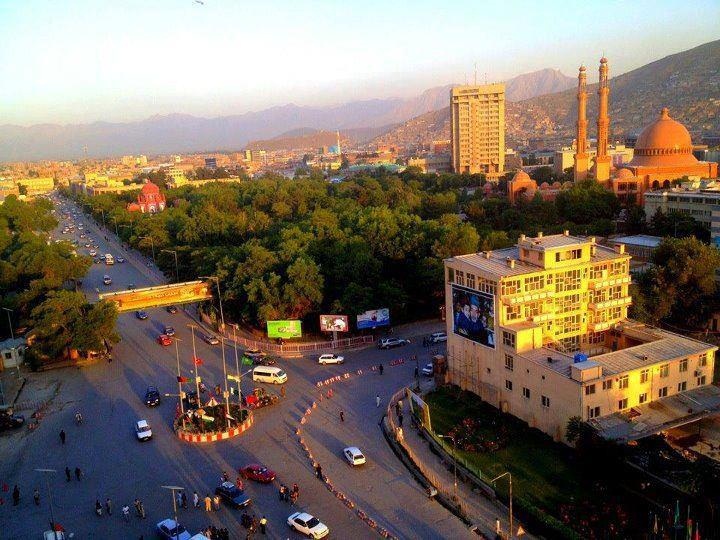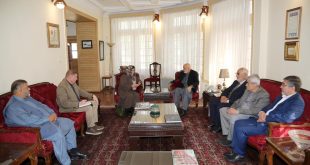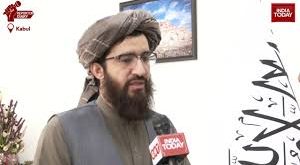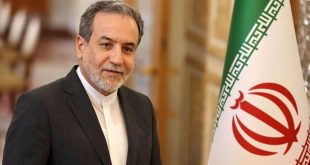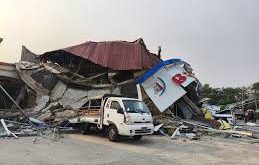You cannot dare to get out when it rains in the capital city Kabul, unless you are equipped with long plastic-made boots or a small boat, because these are the essentials to walk on the sidewalks or cross the roads.
Kabul, a city with more than five million residents, has changed face since the windfall from the international donations poured into the pockets of some people. Construction and reconstruction projects were launched to rebuild the ruins of the 1992-1996 civil wars. But the new phase lacks the basics of a modern city. The government and individuals’ projects were initiated ignoring urban rules.
These all are just against what people were expecting of a so-called post-war Kabul where thousands of foreign diplomats, aid workers and advisers are also residing. Every part of the capital is full of mud, sewage, waste and rainwater accumulated on the damaged roads, rubbish-blocked gutters and sidewalks on the rainy days.
Billions of dollars came to Afghanistan with the aim of reconstruction besides the security goals. The giant amount that is collected from the people’s growing taxes in the donor countries could make Kabul a city like Seoul or Astana. But nothing has witnessed a positive change though the money was spent.
People do not know where was the money spent? Foreign organizations involved in economic and reconstruction efforts accuse the government of corruption and misuse of the donations. The government attacks them (the organizations) with the same pretext.
There is a clear mismanagement in the urbanization system as in every other section. Kabul mayors in the past were considered as big corrupt persons and only one who people were satisfied with was immediately fired, because he stood against grabbing of government lands and illegal constructions.
The capital has no mayor since the national unity government has taken power in September, 2014.
Roads with very young age have been destroyed, while those roads built in the 1980s are still usable. Why? Because everyone and everything is at the hands of the terminator corruption. The government gives important urban projects to private companies owned by ministers, lawmakers or former jihadi leaders and commanders. They use materials with the lowest quality to please the bigwigs.
Nobody in the government thinks of development and nobody listens to criticisms over the poor governance and lack of programs.
The officials probably like the muddy and dirty city, because most of the mud, dirt and waste water are seen around their offices and luxury residences. The Sherpour residential area populated by high-ranking officials and the greenery department of the Kabul municipality could be good examples.
 Afghanistan Times
Afghanistan Times
